Apple is facing an unprecedented challenge: convincing customers to buy the iPhone 16 without its most "money-making" feature.
On September 20, the iPhone 16 went on sale in nearly 60 countries, including the US, China, India, Australia and South Korea. However, the device does not come pre-installed with Apple's AI Intelligence feature set.
This puts the “bitten apple” in a risky position. Some users may postpone buying the iPhone 16 if they cannot fully use its features. Meanwhile, the iPhone hardware has only been upgraded slightly compared to previous models. The Camera Control button is the most notable change.
Still, Wall Street appears optimistic that Apple will post a strong holiday shopping season, with analysts estimating revenue will rise 8% in the fourth quarter, its best since late 2021.
According to Bloomberg , although there are no longer crowds lining up outside Apple Stores on launch day, there are still die-hard fans waiting for the iPhone 16. The big question is whether ordinary users will buy them.
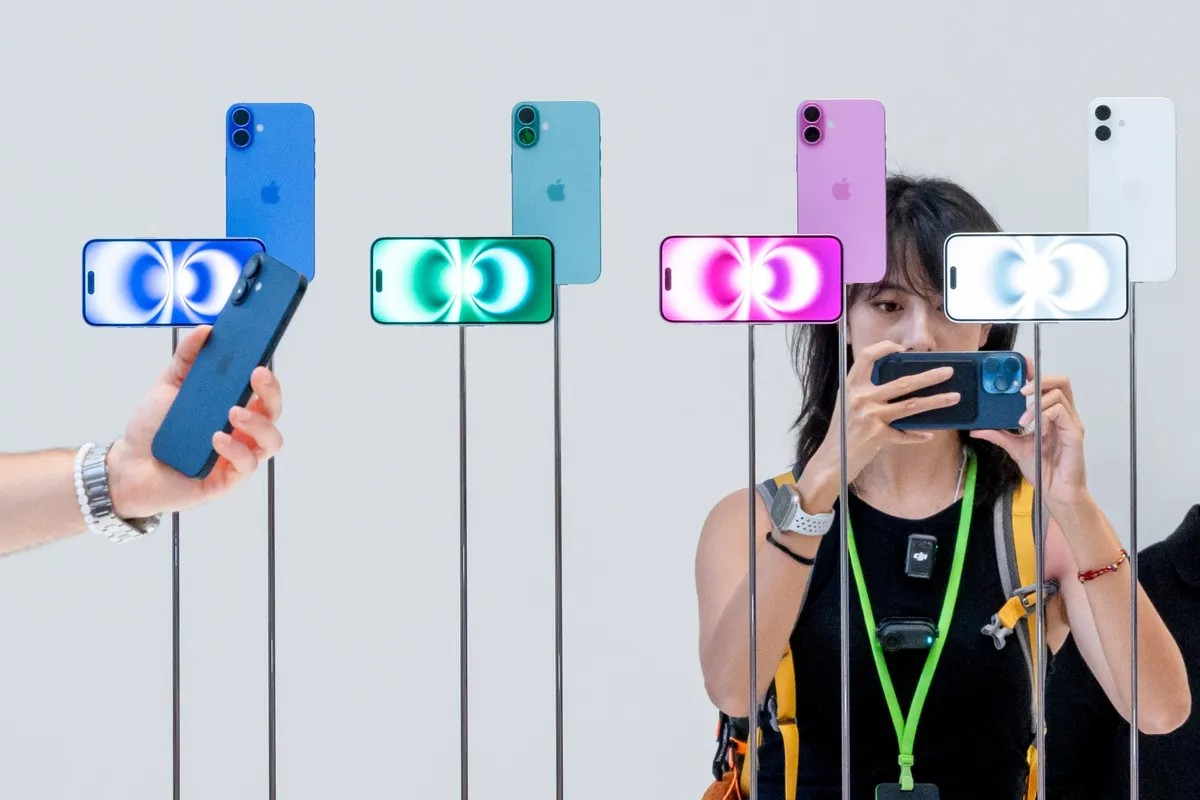
In previous years, customers who ordered iPhones online often faced days of delays, a sign that supply was not meeting demand. But this year, that has not been an issue, either because orders are low or because Apple has managed to find a solution to supply problems.
The iPhone 16 starts at $799, while the iPhone 16 Pro Max starts at $1,199.
The Huawei Mate XT, the world's first tri-fold smartphone, will hit shelves on the same day as the iPhone 16, priced at $2,800. Unlike Apple, Huawei's concern is supply shortages, leaving many people empty-handed despite pre-ordering.
The launch of the Mate XT underscores the Chinese phone maker’s ability to overcome US sanctions and strengthen its position against Apple in China, where the US company has been criticized for its lack of innovation. Huawei’s consumer business CEO Richard Yu boasts that Huawei has turned “science fiction into reality”.
Pre-orders for the Mate XT have already exceeded 6.5 million, nearly double the number of foldable smartphone sales in the second quarter (nearly 3.9 million). But Amber Liu, an analyst at research firm Canalys, predicts that the Mate XT may not replicate the success of the Mate X5, which cost $1,630 and sold 2.2 million units. But the Mate XT marks a major breakthrough in every aspect.
Analyst Ming Chi Kuo said the foldable smartphone market could fall from 30 million to 15 million units this year, depending on software as it is not yet ripe for large-sized screens.
(According to Huawei Central, Bloomberg)
Source: https://vietnamnet.vn/iphone-16-va-huawei-mate-xt-mo-ban-2324094.html






















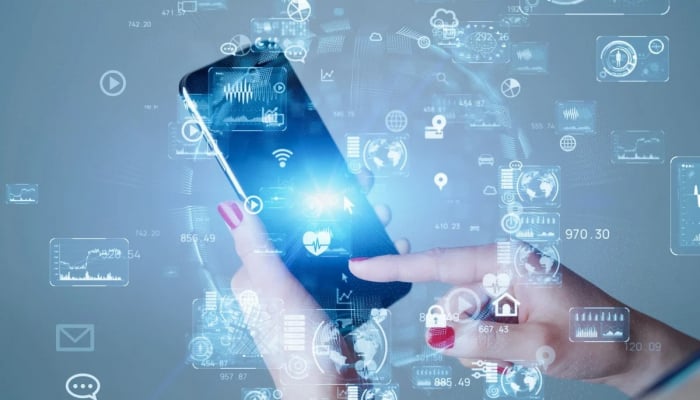

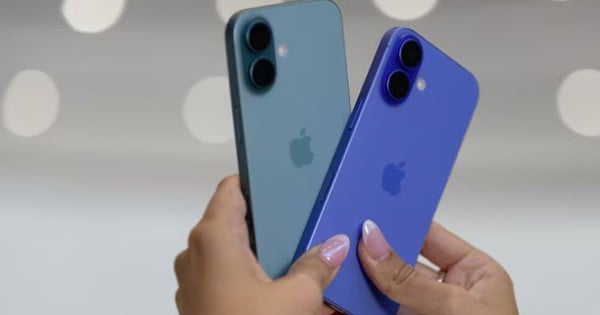

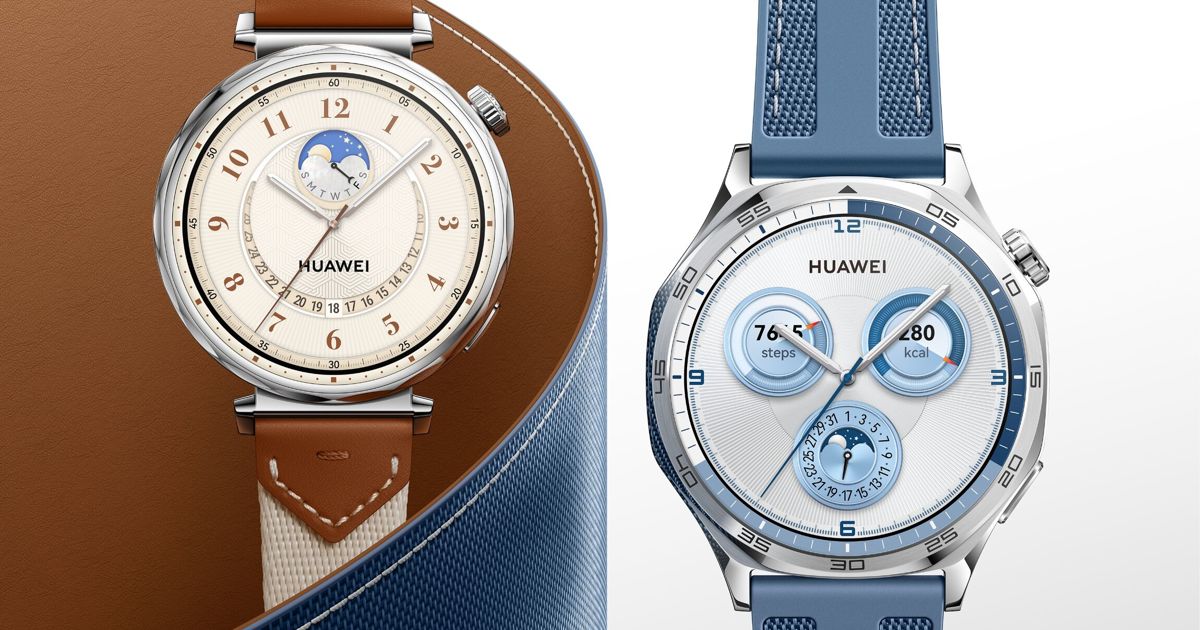

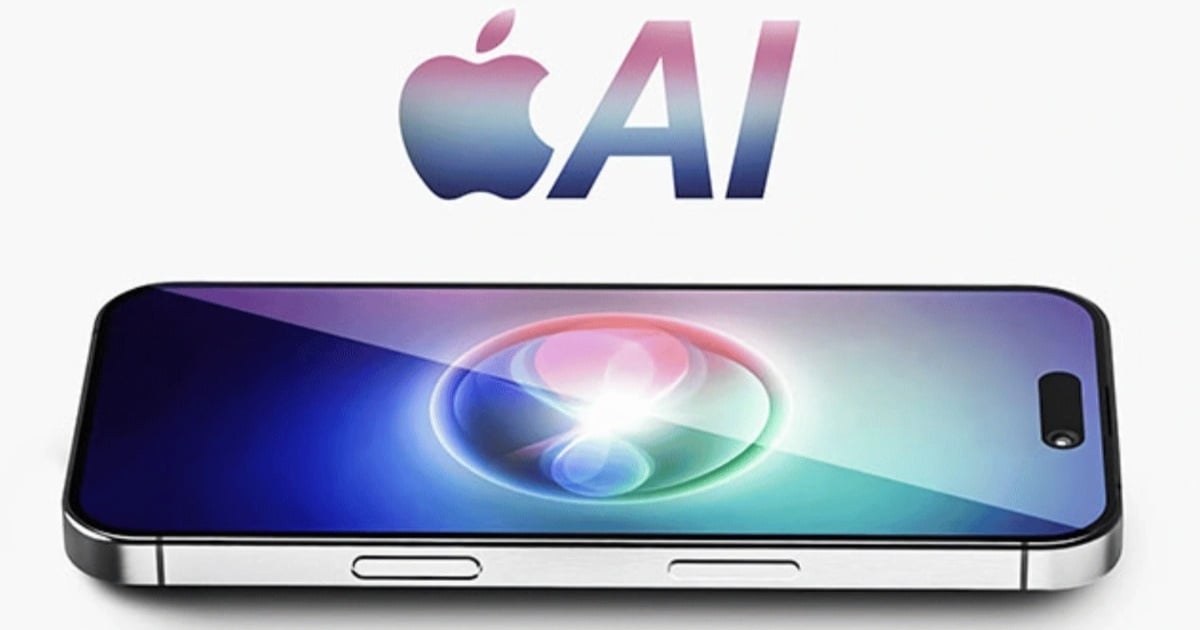

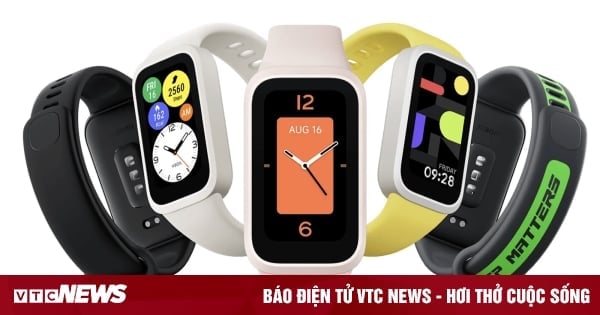

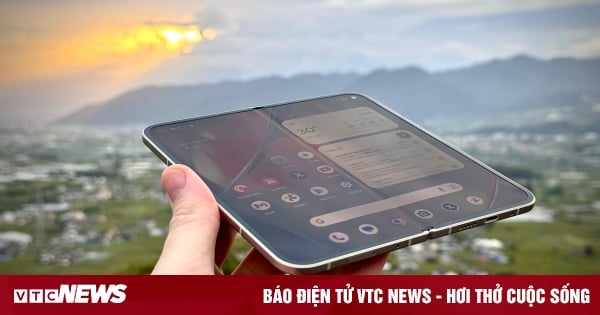











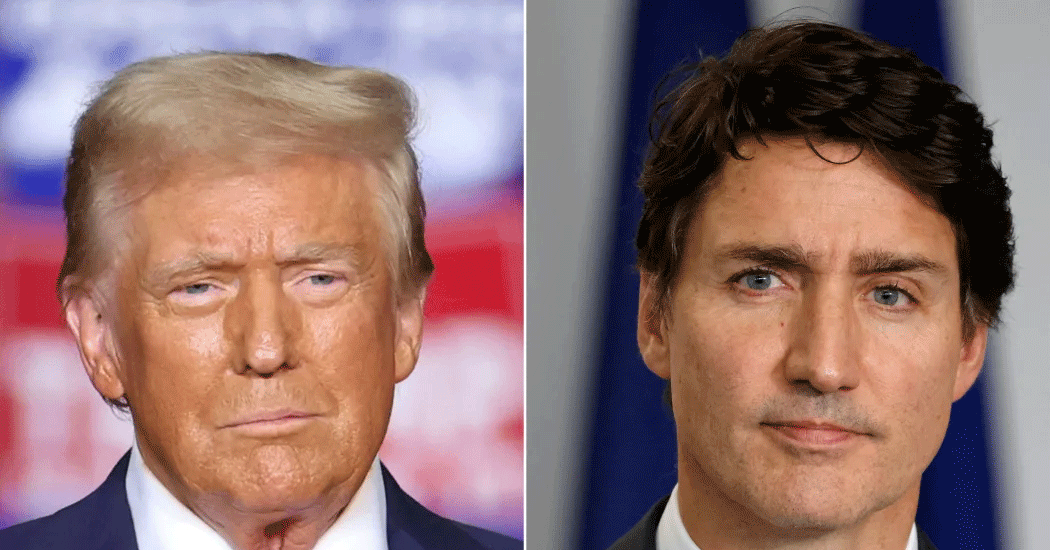















Comment (0)